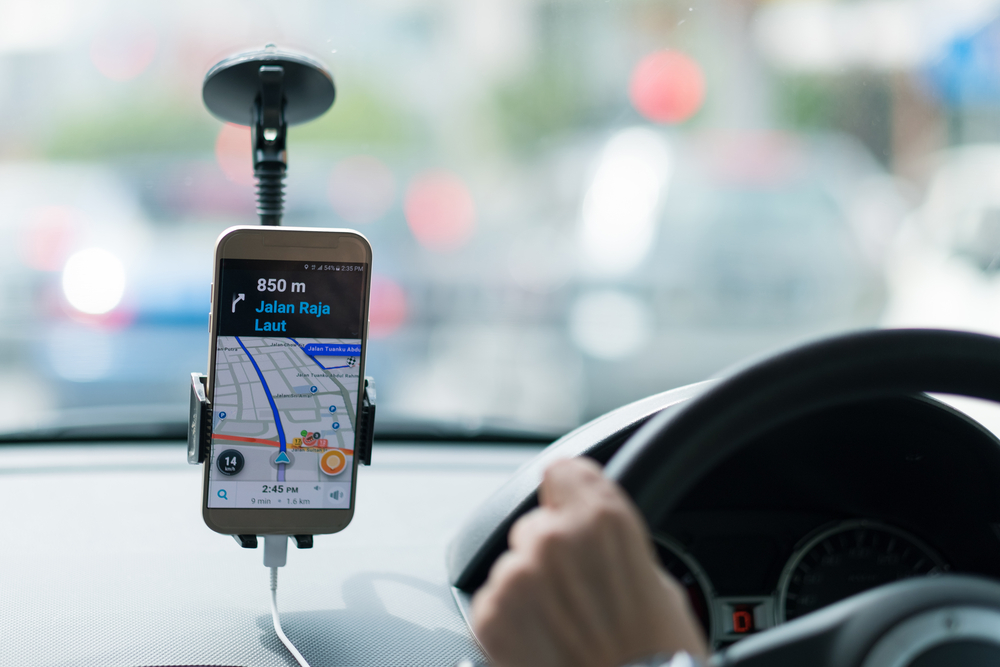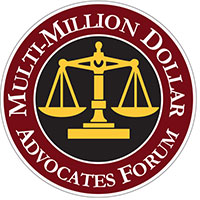Summoning and Uber or Lyft is an increasingly common means of getting around in urban and suburban areas, and offers great convenience to many. However, as with any relatively new business model, the system is still in flux, and not all of the bugs have been worked out. One of the most significant “bugs” that has emerged in the ridesharing industry is the complicated issue of liability for injuries that occur in an Uber or Lyft accident.
Most rideshare passengers don’t give much thought to who will be responsible if the vehicle is involved in an accident, and those in other cars, on foot, and on bicycles in the surrounding area can’t tell which cars are ordinary passenger vehicles and which may be Uber or Lyft vehicles currently in service. When an accident happens, however, those issues quickly rise to the surface. The injured party may have no idea who is responsible for medical expenses and other damages, and may not even know where to start or whom to contact.
Chances are that the rideshare company won’t step up to volunteer information and assistance, and the driver may not even have a complete understanding of what coverage the company provides and whose responsibility the accident was under the terms of the different policies involved.
Rideshare Impact on Traffic Safety in Los Angeles, California
Some studies, including a review of data from 150 cities before and after the arrival of rideshare services, suggest that the streets are safer when Uber and Lyft come to town. One key reason suggested is that rideshare services provide an easy, affordable alternative to driving under the influence. However, a general increase in traffic safety does little to alleviate concerns about Uber and Lyft accidents. After all, if you are seriously injured as a rideshare passenger or by a rideshare driver who is awaiting his or her next passenger match, it will likely be small comfort that the overall rate of drunk driving has fallen in your city.
The Good News about California Rideshare Accidents
California law requires rideshare companies to provide $1 million in liability insurance coverage to its drivers. That’s one of the most stringent requirements in the United States. There’s a catch, though—and one that results in some Uber and Lyft accidents slipping through a very important crack.
The Gap in Rideshare Liability Coverage in Los Angeles County
The California law only requires rideshare companies to provide insurance from the moment a driver is matched with a passenger through the moment when that driver drops off the passenger at his or her destination. That’s good for the passenger, and for anyone who may be involved in an accident with the vehicle while the driver is en route to pick up the passenger…but what about that period in between drop-off and being matched with the next passenger?
The driver is in traffic, but the coverage which is required by California law—and is the norm among rideshare companies—doesn’t cover the time when a driver is in traffic without a match. There’s a reasonable justification for that: Uber and Lyft drivers are independent contractors operating their own vehicles, not employees. When they haven’t yet been matched with a passenger, they aren’t technically on the job.
In theory, that means the driver’s personal automobile insurance should kick in. At that moment, he’s just an ordinary person driving his personal vehicle. However, most automobile liability insurance policies exclude coverage when the vehicle is being used for work. And, although the driver who has dropped off one passenger and hasn’t yet been matched with another isn’t engaged in Uber or Lyft business, that activity is generally still classified by personal insurance carriers as using the vehicle for work.
Thus, neither the policy rideshare companies are required to provide nor the driver’s personal automobile insurance carrier will likely cover an accident that falls in that gap between passengers.
Los Angeles Rideshare Insurance for Drivers
California is among the states in which an Uber or Lyft driver can purchase additional insurance coverage to fill that gap. In fact, quite a few insurance carriers offer rideshare coverage in California. However, not all rideshare insurance covers that critical period when the driver has the app engaged and is accepting passengers, but has no passenger in the vehicle and hasn’t yet been matched.
This coverage is relatively inexpensive. However, despite the potential gap in coverage, there is not yet a legal requirement that vehicle owners who use their cars to provide this type of service carry the additional coverage that would protect people injured in the period when the driver has not been matched with a passenger.
Protection for Rideshare Drivers in California
Rideshare drivers find themselves in an even more precarious position than passengers or those outside the vehicle who might be struck by or involved in an accident with a rideshare vehicle. The $1 million coverage requirement for rideshare companies relates strictly to liability coverage—coverage for other people injured or otherwise subjected to losses through the fault of the driver. These companies are not required to and generally do not provide any insurance coverage for the driver, meaning that a driver who is injured or whose vehicle is seriously damaged while providing rideshare services may be without recourse.
Working with a Top Los Angeles Rideshare Accident Attorney
Any time you’ve been seriously injured in an automobile accident, it makes sense to contact an experienced personal injury attorney as soon as possible. While the concerns of an accident victim are largely identical regardless of the nature of the vehicle that caused the accident, the legal issues associated with securing compensation are not.
Getting guidance from a seasoned professional is never more important than when the accident involves a rideshare vehicle and all of the complicated insurance coverage and liability issues associated with that business model. A California car accident lawyer who has experience in handing rideshare cases can be your best resource for identifying potential responsible parties, obtaining information about insurance coverage, and decoding the scope and limitations associated with each type of coverage, and pursuing fair compensation.










